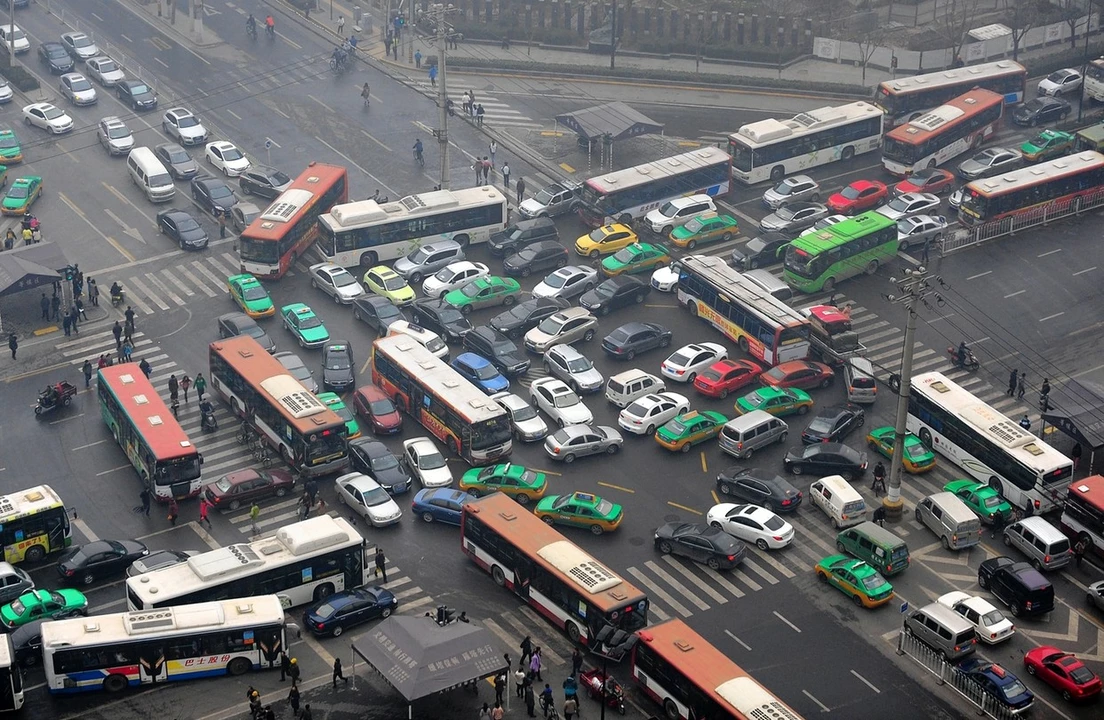Urban Planning: How Cities Handle Traffic, Ride-Sharing, and Streets
Traffic feels worse even when cities grow slowly. You notice it waiting at lights, seeing more cars circling, or watching buses stuck in the same jam. Urban planning isn't just maps and zoning — it's the daily choices that shape how you move. This page explains what drives congestion, how ride-sharing fits in, and practical fixes cities test right now.
Ride-sharing companies promised fewer cars by matching riders with drivers. In many places they did the opposite. A 2018 city report found ride-hail trips often replace bus, bike, and walking trips, adding vehicle miles traveled. Drivers also cruise empty between fares. Those factors add up: more cars, more short trips, more stops. If your commute used to be a 20-minute bus ride, a cheap ride-share can pull people out of transit and onto the road.
Why traffic gets worse
One major issue is where streets prioritize cars over people. Wide lanes, abundant curb space for private vehicles, and few protected bike lanes invite driving. Also, mixed goals like supporting businesses while allowing constant curbside pickup create conflicts. Traffic models often miss short, frequent trips that pile up in downtown cores. Finally, parking rules that make space cheap encourage driving instead of combining trips or using transit.
Practical fixes cities can try
Start small: reassign curb space to faster bus lanes and timed loading zones for deliveries. Cities that added bus priority lanes often saw faster public transit and fewer cars idling. Pricing matters — congestion charges and smarter parking fees nudge choices without banning cars. Regulating ride-share behavior helps too: limit empty cruising, require shared rides during peak hours, or set pickup/dropoff zones away from busy intersections.
Active travel matters. Adding continuous, protected bike lanes and safe crosswalks makes short trips by bike or foot more appealing. Combine that with reliable transit frequency and timed transfers so people spend less time waiting. Use data: cities that track vehicle counts and ride-share patterns can target hot spots and tweak rules faster.
Policy must be fair. Low-income riders rely on cheaper transit and need affordable options, so any pricing policy should include subsidies or discounts. Work with local businesses to create delivery windows and shared loading zones so commerce doesn't suffer. Pilot programs work well — test a bus lane or a loading zone for six months, measure results, then scale what works.
Want the full story on ride-sharing's effects? Read our post "The impact of ride-sharing services on traffic congestion" for a deeper look at studies and local examples. Urban planning feels technical, but the changes you see in your neighborhood — a new bike lane, a bus-only street, or a parking price — come from clear choices. Cities that mix smart rules, data, and small pilots can make streets move better for everyone.
If you care about streets, speak up at meetings, join bike or transit groups, and try a shared ride or bus next week. Small choices change traffic when lots of people join together.
The impact of ride-sharing services on traffic congestion
As a frequent traveler, I've noticed the impact ride-sharing services have on traffic congestion. It seems that these services, like Uber and Lyft, have actually contributed to an increase in traffic in some major cities. While they were initially thought to reduce congestion by encouraging carpooling, studies show that they're mostly replacing public transportation, biking, and walking trips. Additionally, many drivers spend time circling around while waiting for ride requests, adding to the congestion. It's clear that while ride-sharing has its benefits, it also has its drawbacks when it comes to traffic.






